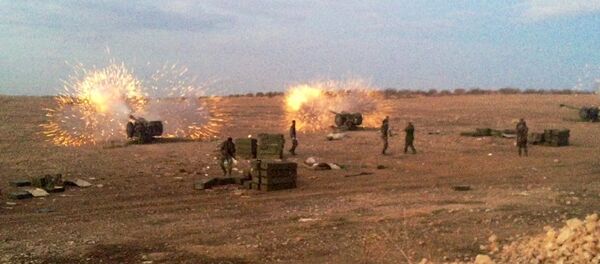During the October 18 gathering, US Secretary of State John Kerry and a number of other high-ranking officials approved the idea, while Pentagon chief Ashton Carter pointed to the extensive military resources required to enforce such zones in Syria.
So now the US wants to create a No fly zone in Syria. Funny how US keeps IS behind Their backs?! US has had their chances,now Russias Turn!
— K J (@kentabenton) 20 октября 2015
Also on the meeting's agenda was establishing safe zones to render humanitarian aid to civilians, based on Syria's borders with Turkey and Jordan.
The meeting came just two weeks after White House Press Secretary Josh Earnest dismissed the idea of creating a no-fly zone in Syria, which he said would distract the US-led coalition from the fight against Islamic State militants.
Hillary doesn't get that a no fly zone in Syria escalates with Russia (needlessly) and marches us towards WWIII. #DemDebate
— Secular Talk (@KyleKulinski) 14 октября 2015
Previously, Turkey had proposed a buffer zone in northern Syria, but the United States and NATO did not support this initiative.
On October 5, the Financial Times newspaper reported, in turn, that the Russian operation in Syria had disrupted the implementation of Washington's plans to establish a no-fly zone over the territory of Syria.
Earlier that day, the Russian upper house of parliament unanimously supported the request of President Vladimir Putin to deploy units of the Russian Aerospace Forces abroad.
Syrian Ambassador to Russia Riad Haddad confirmed that Syrian Army strikes, supported by the Russian Aerospace Forces, were carried out against armed terrorist organizations, not political opposition factions or civilians.




